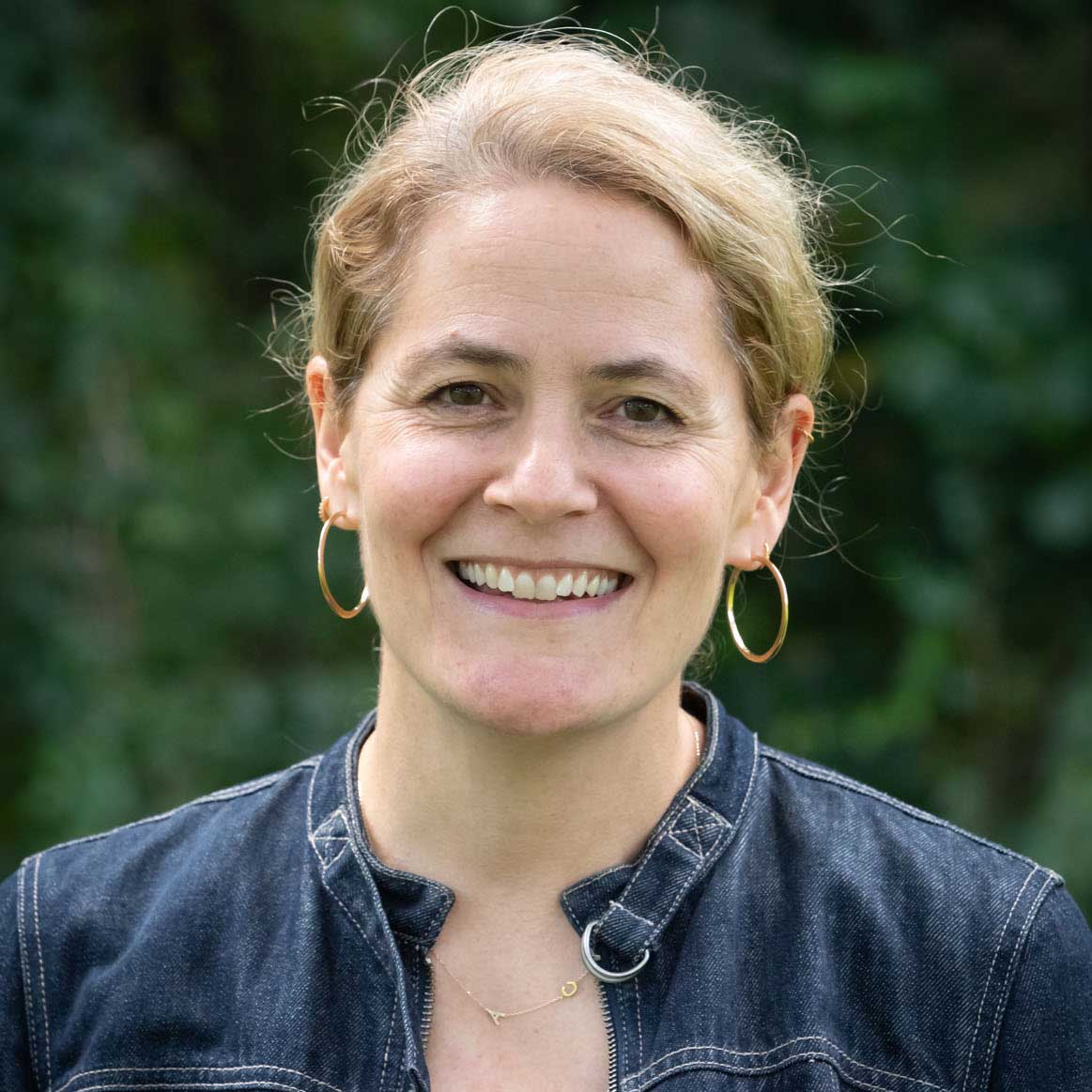Thank you to all who attended last evening’s middle school curriculum night. The remarks below were shared by Liz Gray, middle school head, to welcome families and kick off the event. (These remarks were edited for length.)
Welcome to our middle school curriculum night. It is a joy to be able to work with each of your children. I could not be more honored and fortunate to work with our outstanding group of educators to build and deliver our middle school program.
This new year has started with a bang! In two short weeks, we welcomed eighteen new students to grade 6, launched new academic and arts classes and athletics teams, signed up for clubs, and whisked away all of your kids for trips to Cathleen Stone Island, Kieve-Wavus Leadership School, and Project Adventure, to name just a bit of what we’ve been up to. Suffice it to say, your kids—and undoubtedly you—have been very busy.
Amid this flurry of action, as a faculty, we are firmly focused on what matters most in getting back to the basics of middle school teaching and learning. Considering the essentials has me poring back over my anthology of go-to texts on education and engaging with some new titles. I’ve been learning from renowned local student and family psychologists, Drs. Ross Greene and J. Stuart Ablon, through their book Collaborative Problem Solving. The authors urge educators to remember the seemingly simple but powerful belief that all students want to do well and do well when they can.
From this and other sources, I’m reminded of the guiding basics that I’ve held dear over my 20-plus years in the world of middle school education. This evening, I want to share four of those basics.
First, students can’t reason until they can regulate themselves and relate to their teachers, coaches, and classmates.
It is for this reason that we ran the middle school fall orientation trips that we did last week. We know that spending a few days on an island or in a remote wooded spot in nature, slowing down, being outside, and playing together are fundamental aspects of bonding and relating to one another—a foundation from which students can perform the higher-order thinking skills of analyzing, synthesizing, and evaluating complex social-emotional and intellectual situations and choices. It’s also the platform from which our middle school students learn to lead with our core values – responsibility, excellence, joy, honesty, caring, and respect.
Second, as an educator, it’s okay to say, ‘I don’t know.’
Some of us go into teaching imagining ourselves as the sage on the stage until we quickly fall flat, humbled by our deep-thinking students, and realize that, ‘What?! …We don’t know everything! … And that’s okay.’ Real teaching and learning happen, as a BDS faculty member recently reminded us, when adults feel comfortable not only imparting important information, but also sitting side-by-side with students in uncertainty, allowing them to explore some of the most complex concepts out there: how the earth moves around the sun for example, or why math has beautiful patterns, how to translate not just words but ideas in other languages, what makes a phenomenal team captain, the themes of human behavior over centuries, how to take up the whole stage, or how to make visual symbols of our ideas and feelings.
Third, great teachers do the heavy lifting outside of class so that students can do the heavy lifting in class.
Some might know this concept as the “flipped classroom,” a relatively new name for an ancient idea. Letting students do the heavy lifting of understanding something deeply is key in the learning process. I’ll never forget learning from an early mentor teacher, who gave me a visual clue as to whether students were doing this lifting in my class. When he observed my teaching, he would split the page of observation notes in half with one column labeled “students” and the other “teacher.” He noted what each person was doing and saying in the classroom. He pointed out that in a class where students are really flying, their column should have significantly more notes than the teacher column—a sign that the work of discovery is in the hands of the students, not the teacher.
Fourth, let students know, “You can do it. And I won’t give up on you.”
In my years of teaching, I’ve also learned the importance of not only believing this maxim but also being transparent with students about it—telling them outright that these anchoring principles guide all of our work together and always will. As John Saphier and Robert Gower noted in their classic book, The Skillful Teacher:
From the light-hearted to the stern, from the free-flowing creative to the analytical, the best teachers find ways to convince students that they, the teachers, are believers –believers in the students and in the subject. Such teachers do not do so by magic or osmosis. Their words and actions, some quite subtle but nonetheless observable, send these messages and thereby make a huge difference in learning.
Tonight, you will hear other words of wisdom that guide our middle school program from the experts who put them into action each day—our amazing faculty. I don’t want to delay you any longer. Let’s get to it!

